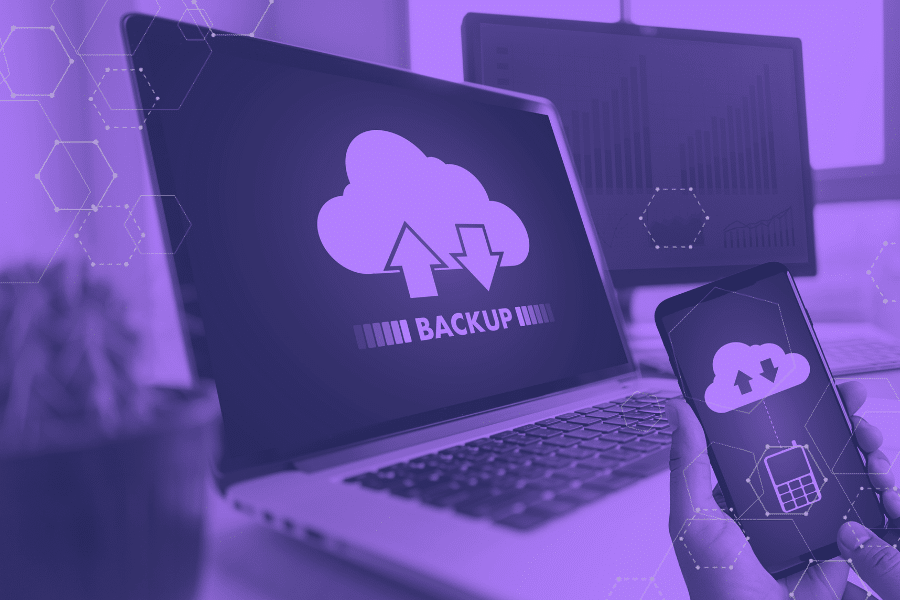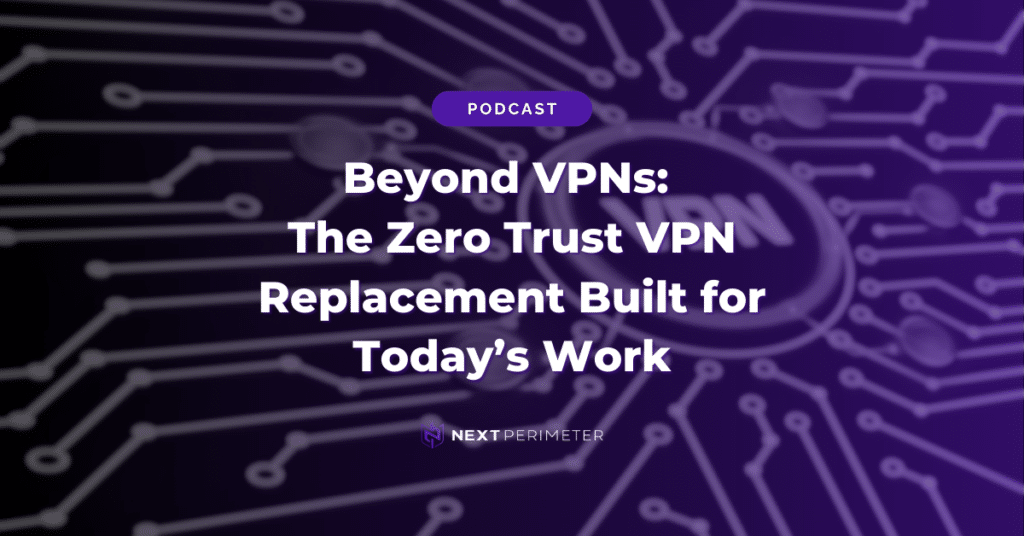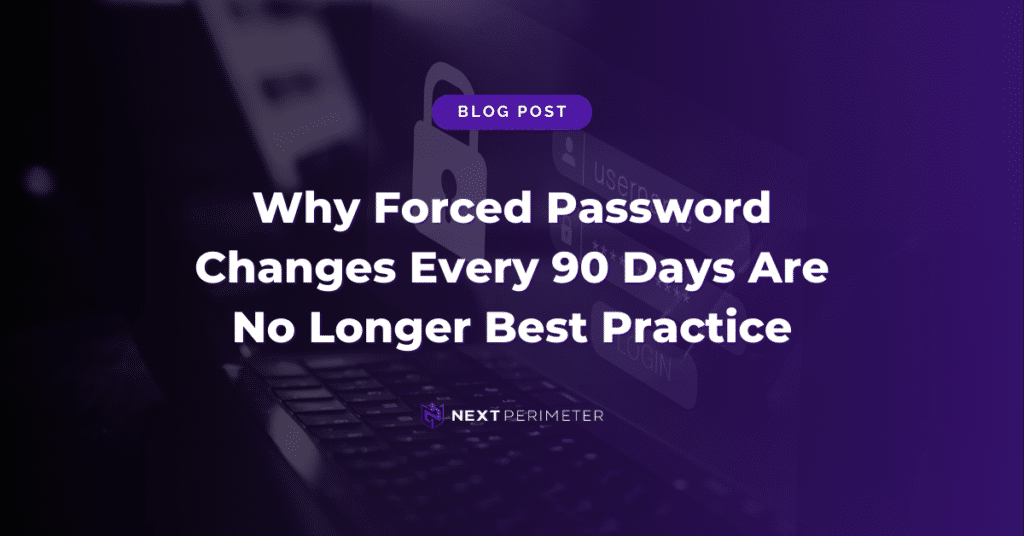In today’s interconnected world, the need for a robust business continuity plan has never been more critical. Yet many small and medium-sized businesses (SMBs) fail to prioritize planning until a crisis hits.
The numbers speak for themselves. According to the Federal Emergency Management Agency (FEMA), 40% of businesses never reopen after a disaster, and another 25% close within a year. A 2023 study by PwC also revealed that 62% of businesses experienced at least one significant operational disruption in the last year, underscoring the need for resilience in the face of uncertainty.
Business continuity is not a “set it and forget it” initiative. It requires proactive planning, regular testing, and periodic updates to ensure it stays relevant. Here are three critical practices for building a resilient organization in 2025.

1. Tailor Your Plan to Every Department
Business continuity isn’t just an IT concern—it’s a company-wide responsibility. Each department within your organization has unique processes, dependencies, and vulnerabilities, all of which must be considered in your planning.
Key steps include:
Department-Specific Input: Collaborate with leaders from every department to identify critical workflows and recovery priorities.
Comprehensive Documentation: Maintain detailed records of operational processes to ensure teams can resume work efficiently.
Clear Communication Protocols: Assign at least three key contacts per department to streamline coordination during an incident.
By aligning the continuity plan with the specific needs of each team, businesses can minimize downtime and ensure a smoother recovery.

2. Test and Update Your Plan Regularly
Having a business continuity plan is not enough—it must be tested regularly to ensure it will work when needed. Gartner reports that businesses that don’t test their continuity plans face a 50% higher risk of extended downtime after a disruption.
Testing helps your organization:
Uncover Weaknesses: Identify gaps or inefficiencies in your plan before they become critical issues.
Align with Objectives: Validate that recovery efforts meet your recovery time objectives (RTOs) and recovery point objectives (RPOs).
Empower Your Team: Familiarize employees with their roles in the plan to build confidence and preparedness.
Simulating a range of scenarios, from cyberattacks to natural disasters, ensures your plan evolves alongside emerging threats and changing business needs.

3. Strengthen Your Data Backup Strategy
Data protection is the backbone of any continuity plan. The 3-2-1 rule remains a gold standard, but modern threats like ransomware demand even more robust measures:
Immutable Storage: Use backups that cannot be altered or deleted, ensuring the integrity of your data.
Air-Gapped Solutions: Maintain at least one completely offline backup to protect against cyber threats.
Cloud and On-Premises Balance: Incorporate both cloud-based and local backups to optimize recovery speed and security.
Automating backups further reduces the risk of human error and ensures consistency. A study by Veeam found that businesses using automated backup systems had a 90% faster recovery time compared to those relying on manual processes.

4. Consider Going Serverless
Serverless environments are transforming business continuity by eliminating reliance on physical infrastructure. Using cloud-based SaaS solutions like Microsoft 365 or Google Workspace, businesses can streamline their operations while reducing risks associated with on-premises servers.
With a serverless setup:
Data Is Always Available: SaaS platforms automatically replicate data across secure, offsite locations, ensuring redundancy and accessibility.
Simplified Backups: Backup and disaster recovery for platforms like Microsoft 365 and Google Workspace can be easily managed by a competent managed services provider (MSP) like Next Perimeter. These providers ensure that your critical data is not only backed up but also recoverable in minutes, minimizing downtime.
Enhanced Scalability and Flexibility: Cloud solutions enable businesses to adapt quickly to changes without the need for costly infrastructure upgrades or maintenance.
By going serverless, SMBs can focus on their core operations while leveraging the expertise of MSPs to handle data backup, security, and recovery. This approach not only simplifies business continuity planning but also reduces costs and complexity.
The Big Picture: Resilience as a Competitive Advantage
In 2025, the ability to bounce back quickly from disruptions is more than a survival strategy—it’s a competitive advantage. A well-executed business continuity plan reduces downtime, preserves customer trust, and protects revenue.
At Next Perimeter, we specialize in building tailored business continuity and disaster recovery solutions that meet the unique needs of your organization. Whether you need cloud backups, advanced data protection, or end-to-end recovery support, we’ve got you covered.
Learn more about our services or contact us today at 888-286-4816 to start building your organization’s resilience.






